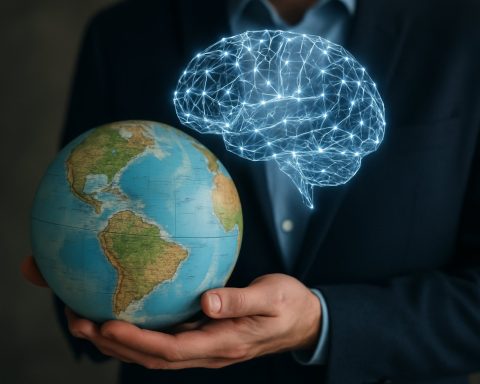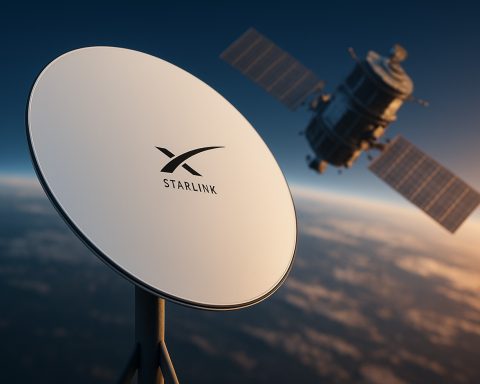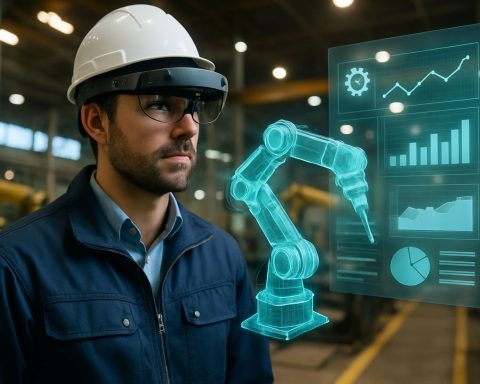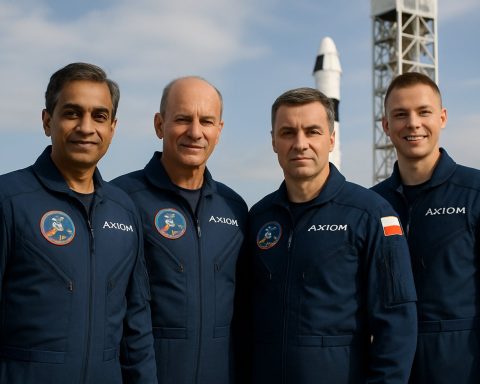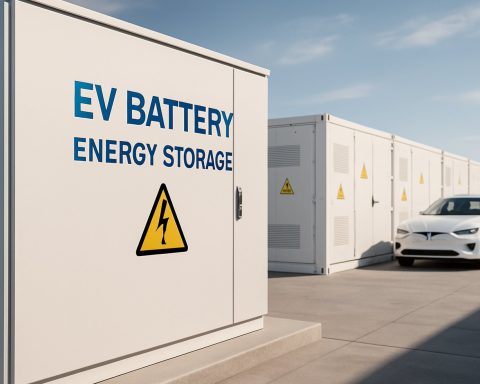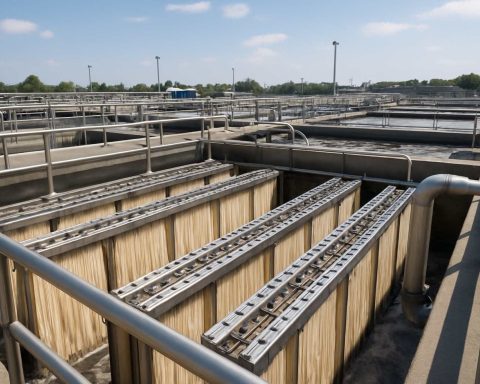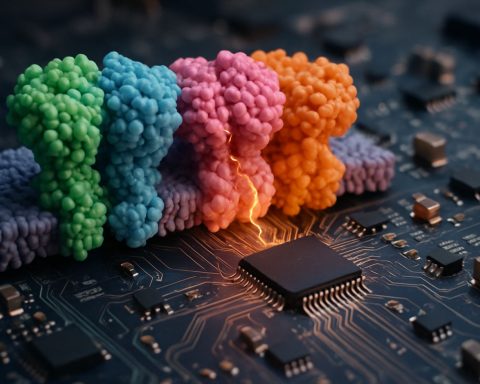Exploring Sustainable Solutions for AI’s Energy Needs
The rapid advancement of artificial intelligence (AI) is driven by two pivotal elements: vast data sets and the energy to process them. The electricity required to train expansive AI models is enormous. For instance, training OpenAI’s GPT-3 consumed as much electricity as 120 U.S. households use in a year. By 2027, AI-related energy consumption could rival that of a medium-sized country.
With this growing energy requirement, governments and corporations face a critical challenge: ensuring sustainable energy sources for AI’s future. President Trump’s Stargate project aims to invest $500 billion to boost the U.S. AI sector, but questions linger about its energy sources.
Nuclear and solar energy emerge as promising alternatives. Nuclear power offers a stable, carbon-free solution vital for continuous AI operation, but concerns regarding safety and high initial costs impede broader acceptance. Solar energy, conversely, presents a flexible and scalable option that reduces reliance on centralized grids, although it struggles with intermittency.
Experts suggest a complementary approach, leveraging both energy systems to enhance reliability and efficiency. Nuclear power could serve as a steady base, while solar could accommodate peak demands. However, regulatory hurdles remain, as navigating safety protocols is complex.
As AI’s energy appetite grows, it’s essential to pursue a balanced, sustainable energy landscape to support its evolution.
The Broader Impact of Sustainable Energy Solutions for AI
As artificial intelligence continues to revolutionize various sectors, its burgeoning energy demands pose significant societal and cultural implications. The transition to sustainable energy solutions for AI is not merely a technological challenge, but also a potential catalyst for reshaping how society interacts with technology. If properly managed, this transition could lead to job creation in new energy sectors, promoting a workforce skilled in sustainable practices. Furthermore, a commitment to green energy could strengthen public support for AI, fostering a collective sense of responsibility towards minimizing environmental impacts.
The global economy experiences reverberations from this shift, particularly in how nations invest in and prioritize energy infrastructure. Countries that embrace renewable energy sources for AI stand to gain a competitive edge, potentially positioning themselves as leaders in both tech and sustainability. As major tech firms pivot towards greener energy, markets may witness an influx of innovative energy technologies, driving economic growth and global collaboration.
Environmental effects should not be overlooked either. Transitioning to nuclear and solar solutions may significantly reduce the carbon footprint associated with AI operations. However, it’s crucial to recognize that increased reliance on nuclear energy comes with its own set of challenges, particularly concerning waste management and public perception.
Ultimately, success in meeting AI’s energy needs with sustainable solutions will hinge not only on technological advancements but also on long-term policy frameworks and international cooperation. As nations work together, the hope is that a more equitable, sustainable future emerges—one where the benefits of AI are accessible to all while safeguarding the planet for future generations.
Powering the Future: Sustainable Energy Solutions for AI
Exploring Sustainable Solutions for AI’s Energy Needs
The rapid development of artificial intelligence (AI) presents both opportunities and challenges, particularly regarding its energy consumption. Experts estimate that by 2027, the energy demands of AI could equal that of a medium-sized nation. This dire prediction underscores the need for innovative approaches to energy sourcing.
As the AI sector grows, so do discussions about sustainable energy options. Nuclear power stands out as a viable candidate, providing a stable and carbon-free energy source crucial for the continuous operation of AI systems. However, concerns about safety and the high initial costs of nuclear facilities often hinder its adoption.
Solar energy also plays a significant role, offering a clean, scalable solution. Its ability to generate energy at decentralized locations is appealing, though the intermittent nature of solar power raises questions about its reliability during peak demands.
A promising strategy involves a hybrid model, where nuclear energy serves as a consistent base load and solar power addresses variable energy needs. Such a balance would enhance the resilience and efficiency of the energy landscape necessary for AI technologies.
Looking forward, embracing diverse energy sources while addressing regulatory challenges will be vital for sustainable AI growth. Explore more on this topic at AI.gov.

